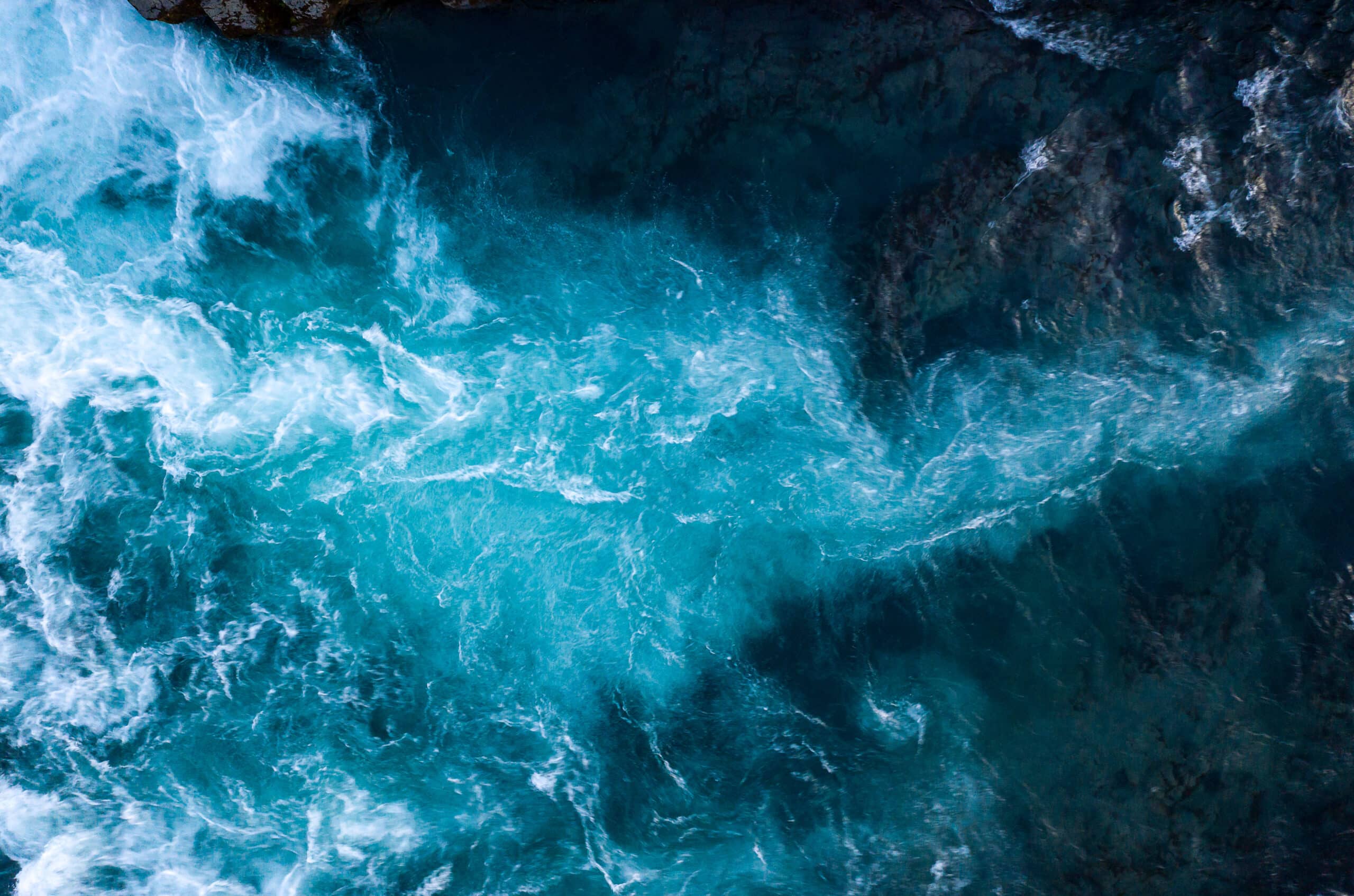
Geoengineering
Geoengineering
Recent years have seen a proliferation of dangerous geoengineering proposals – attempts to manipulate Earth’s atmosphere and oceans in order to address the effects of climate change. These range from injecting megatons of sulfur dioxide into the stratosphere to reflect sunlight back into space, to every container ship in the world dumping limestone in its wake to draw carbon dioxide down from the atmosphere.
Friends of the Earth campaigns against the development and deployment of geoengineering technologies that have the potential to inflict catastrophic side-effects on Earth’s systems, such as reducing monsoon rainfall in Asia and Africa, increasing heat waves in Europe to cool California, or killing off phytoplankton at the base of the marine food chain in oceans across the planet.
Geoengineering Explainers
Media
Resources
Ways to Support Our Work

Read Latest News
Stay informed and inspired. Read our latest press releases to see how we’re making a difference for the planet.

See Our Impact
See the real wins your support made possible. Read about the campaign wins we’ve fought for and won together.

Donate Today
Help power change. It takes support from environmental champions like you to build a more healthy and just world.

